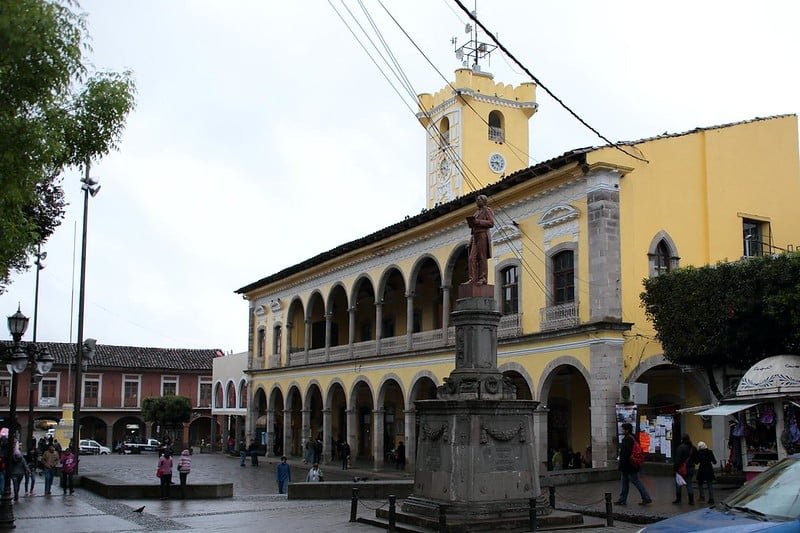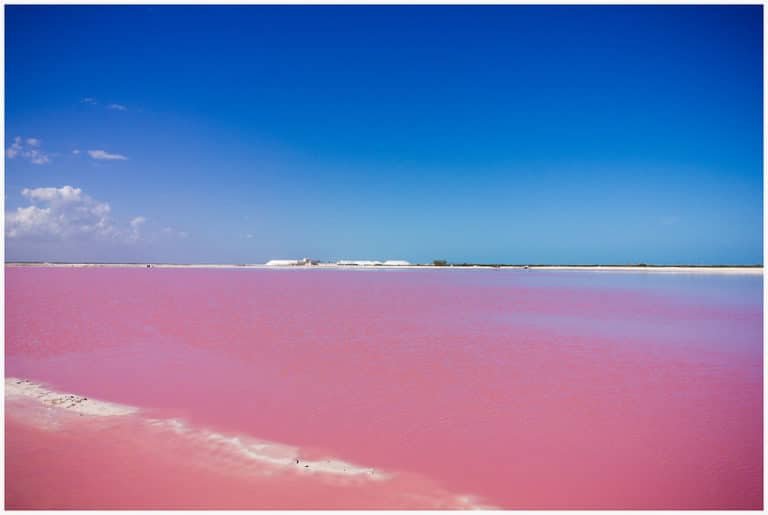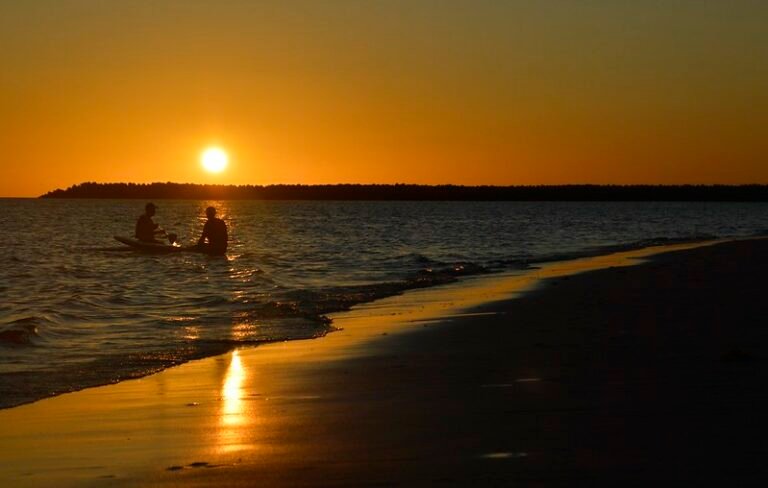Huauchinango Puebla’s Hidden Treasures: Top Attractions

Huauchinango Puebla’s Hidden Treasures: Top Attractions
Close to Puebla and Mexico City, the Magical Town of Huauchinango welcomes visitors with open arms to offer them its excellent climate, natural and cultural beauties, and floral fair.
“Huauchinango” is a Nahua word that means “Place Surrounded by trees.” The territory was populated in the XII century by Chichimecas, who yielded in the middle of the XV century before the Mexicas.
Huauchinango was conquered in 1527 by Alonso de Villanueva, forming four neighborhoods that still exist: San Francisco, Santiago, Santa Catarina, and San Juan.
The first was a neighborhood of Indians, the second was for the Spaniards, and the other two were for the “mestizos.”
The convent of San Agustín was erected in 1543, and the town received a great architectural impulse in 1766 with the construction of the temple of Santo Entierro.
In 1861 the town received the title of city, and in 2015, Huauchinango officially became a Pueblo Mágico (Magical Town).
Where is Huauchinango, Puebla?
Huauchinango is the capital city of the municipality of the same name, located in the north of the state in the middle of the Sierra de Puebla.
It is bordered by the municipalities of Naupan, Juan Galindo, Tlaola, Chiconcuautla, Zacatlán, and Ahuacatlán and has a short western border with the state of Hidalgo.
The city of Puebla is 154 km from Huauchinango on Federal Highway 119D. Mexico City is 173 km from the Pueblo Mágico on highway 132D.
Climate
Huauchinango sits at 1,537 meters above sea level in the Sierra Norte de Puebla, providing a mild and temperate climate.
The average annual temperature is 17 °C, and the seasonal variations are very moderate since the coldest month, January, is about 12 °C, while in the warmest month, May, the average is 23 °C.
You may want to read: Xicotepec Puebla: Your Ultimate Magical Town Adventure
The rainy season in Huauchinango spans from June to October, when more than 80% of the 2,120 mm of rain falls during the year.
Best things to do and see in Huauchinango, Puebla

In the architectural landscape of Huauchinango, the Municipal Palace stands out.
The Sanctuary of the Lord of the Holy Burial, with its venerated image of Christ in whose homage the Flower Fair is held.
The Parish of the Assumption, the Reform Garden, and the Carlos I.
The cemeteries with beautiful mausoleums are places of interest for tourists who love architectural beauty.
In Huauchinango, the tomb of General Rafael Cravioto is a splendid artistic attraction.
Near Huauchinango, the community of Tenango lives on flowers in front of a beautiful dam.
The Municipal Palace

This beautiful two-story building and tower were erected in 1835, receiving the name of National House. The second level was added in 1857.
It has a double arched façade, with 11 semicircular arches on pillars and Doric columns on the first floor.
On the upper floor, there is a long balcony with seven semicircular arches, and the building is crowned with a tower with clocks on its four faces.
The tower was inaugurated in 1990, and the clock was a gift from the heirs of General Rafael Cravioto, a member of a Genovese family based in Huauchinango, who distinguished himself in the wars against the Americans and French and in the Reform War.
Visit the Sanctuary of the Lord of the Holy Burial

The Sanctuary of the Lord Jesus in his Holy Burial is the temple where the patron saint of Huauchinango Puebla is venerated.
It was the church of an Augustinian convent erected in the mid-sixteenth century to the Virgin of the Assumption and has a neoclassical facade and a bell tower.
In the interior is a fresco painting titled Mural Faith, a work made in 1989 by local painter Raúl Domínguez Lechuga.
The mural is allusive to the process of evangelization in Huauchinango, the temple’s history, and the legend about the appearance of the image of the Lord of the Holy Burial.
Legend has it that a stranger once arrived in front of the town convent riding a mule carrying a large box on his back.
The convent’s inhabitants were awakened by a knock in the middle of the rainy, cold, and windy night, and the man asked for shelter.
The next day the box was found where it had been placed the night before, but the man and his mule had disappeared.
After waiting for some time without the man’s return, they opened the box. They found a life-size Christ in a recumbent position, now the most venerated image in Huauchinango and its surroundings.
The Lord of the Holy Burial is honored with the Flower Fair, the most important festivity of the town.
When is Huauchinango’s Flower Fair celebrated?

The fair dedicated to the Lord of the Holy Burial begins on the first Sunday of Lent and extends for more than a week.
It is one of the liveliest festivities in all of Puebla, and Huauchinango overflows with parishioners and tourists from all over.
There are dance performances, voladores de Papantla, rodeo shows, cockfights, handicraft and gastronomic fairs, and the sale of flowers and plants.
There is also an exhibition of beautiful floral carpets in honor of the patron saint. The fair tradition began in 1938, attracting more and more people yearly.
Admire the Asuncion Parish

This temple of modernist architecture, consecrated in 1947, has the third-largest dome in Latin America.
The work of architect Carlos Lazo Barreiro has a circular floor plan, and the majestic dome structure is almost 16 meters tall and is supported by four main pillars.
The church’s facade is of neoclassical lines, and the plant is of a single nave.
Inside, the image of Our Lady of the Assumption and a mural allegorical to flora and fauna of the region stand out.
Stroll the Jardin reforma
Huauchinango’s central plaza was built in the 1870s and continues to be one of the city’s main meeting places.
Portals surround it, and in its center, a fountain and kiosk were installed during the Reform period.
The garden is shaded by leafy trees in whose shade are the busts of several characters of regional and national history.
It had a lighting system made up of 4 lampposts installed in 1877. In the middle of the patriotic celebrations of 1899, the square was baptized with its official name of Reform Garden.
Carlos I. Betancourt Cultural Esplanade
This sizeable cultural area is in front of the Centro Escolar Carlos I Betancourt School.
The distinguished school was built in the late 1940s when engineer Carlos Ismael Betancourt was the state governor.
The esplanade is the scene of the most massive shows and civic events in Huauchinango and is where the queen of the Feria de las Flores is crowned.
Visit the Mausoleum of General Rafael Cravioto

During the 1820s, the merchant Simone Cravioto arrived in Huauchinango from Genoa, Italy.
In the town of Puebla, he formed a family with Mexican Luz Moreno, and in 1829 his son Rafael was born, who would reach the status of hero in the Battle of Puebla against the Second French Empire on May 5, 1862.
After participating in the wars against the United States, France, and the Reform War, Rafael Cravioto died in 1903, and his mausoleum in the Huauchinango cemetery is an actual work of art sculpted in Carrara marble by the Italian artist Adolfo Ponzanelli, author of the Palace of Fine Arts in Mexico City.
Explore Tenango, near Huauchinango Puebla

Tenango is a community in the municipality of Huauchinango founded in 1859.
In the Nahua language, “Tenango” means “Mother of Waters,” and due to the abundance of fresh water and good climate, the community is one of the leading flower producers in the state, and its azaleas, gardenias, hydrangeas, and violets are famous for their freshness and beauty.
Tenango’s dam is part of the protected natural area “Cuenca Hidrográfica del Río Necaxa” (Necaxa River Hydrographic Basin).
The beautiful waterbody is frequented by locals and tourists for aquatic entertainment activities.
Get some handicrafts and try the food

The artisans of Huauchinango Puebla have mastered the techniques for making traditional backstrap looms, colorful textile pieces with floral motifs, wooden-carved animals, religious images, and other figures.
One of the favorite dishes in the Magical Town is chicken enchiltepinado, whose main ingredient is the chile chiltepín.
Other frequent dishes in homes and restaurants are smoked chicken, chicken in mushroom sauce, and the traditional mole poblano.
The most popular sweets are jamoncillo de piñón, preserves and fruit jellies. Blackberry and capulin wines are common drinks.
Best hotels in Huauchinango Puebla
- Quinta del Carmen Casa de Campo has excellent country-side facilities and an excellent restaurant; try the Serrano breakfast
- Hotel Yekkan has colorful rooms and very friendly service
- Hotel Forest is a simple lodge with beautiful mountains and dam views
- Cabañas San Miguel Tenango is 13 km from Huauchinango, with gorgeous natural grounds and a pleasant swimming pool
Other nearby lodging options to get to know Huauchinango are Hotel Posada Don Ramón (30 km) and Hotel Mediterráneo (35 km).
Where to eat
The Restaurante del Lago is in front of the dam, with magnificent views of the mountain scenery. It serves delicious chicken enchiltepinado, fresh fish, and other regional foods.
La Tasca Bistro Bar and Restaurant offers Spanish and Italian food and is an excellent place to have a drink and a snack.






